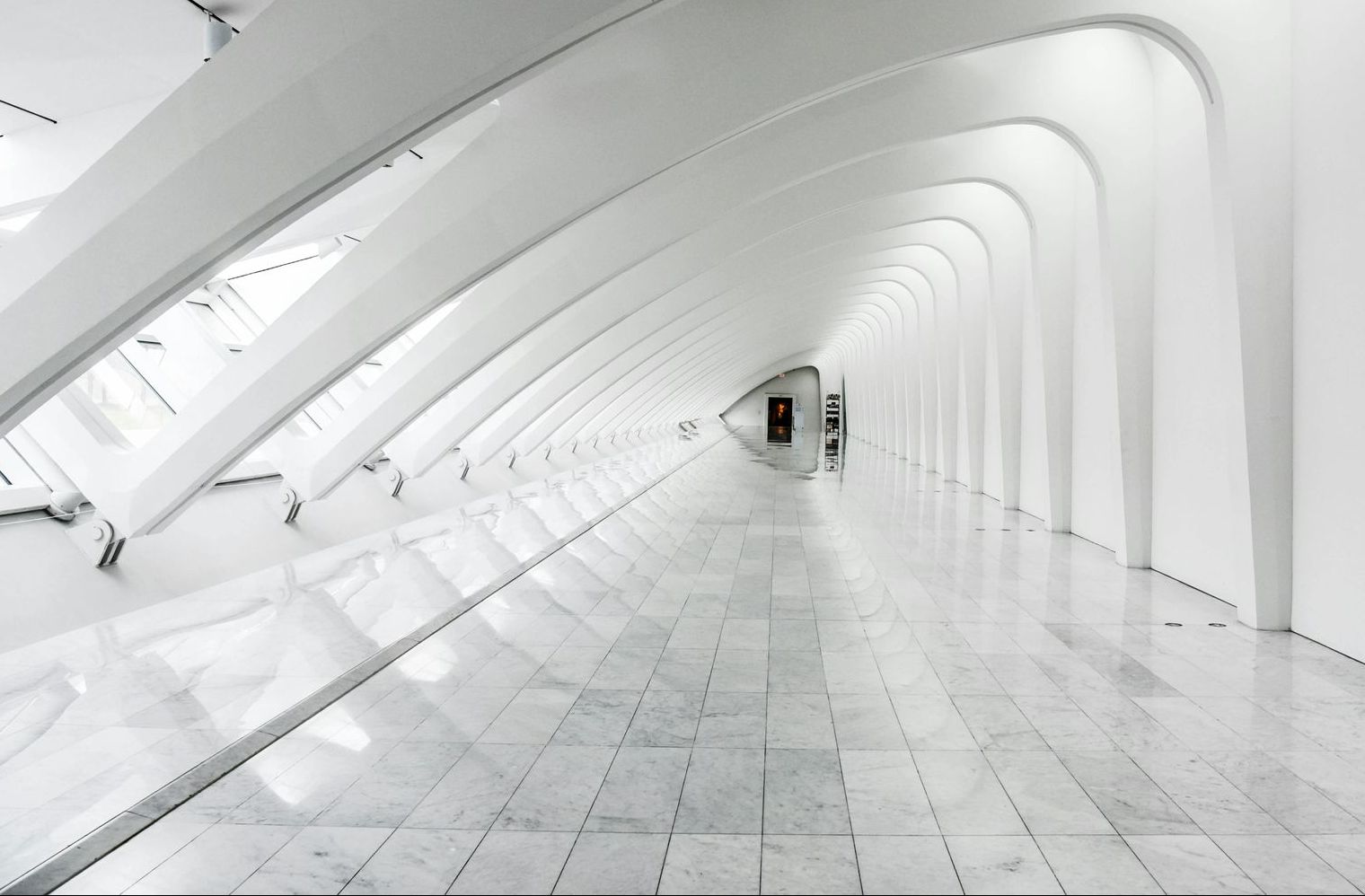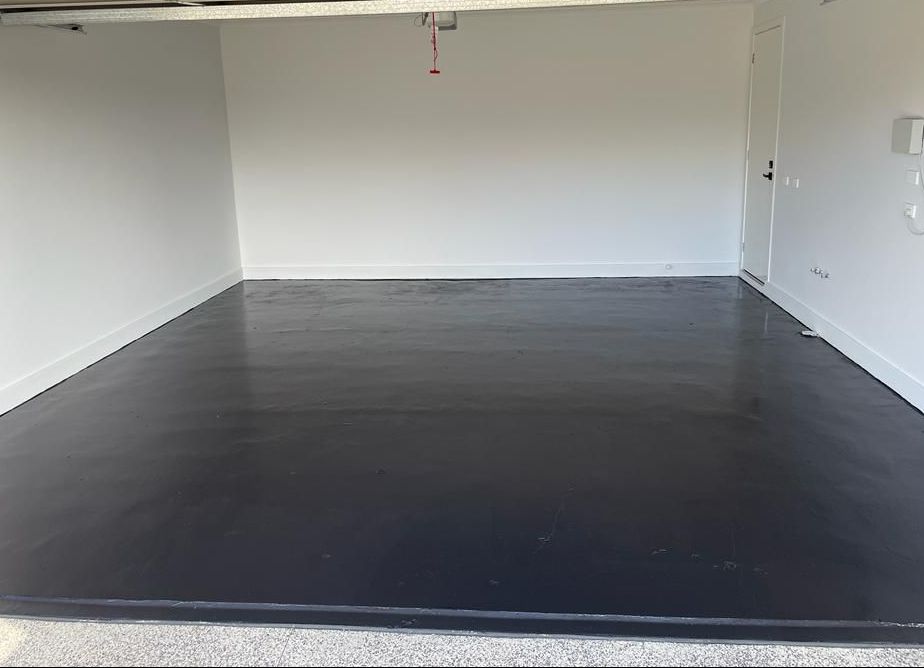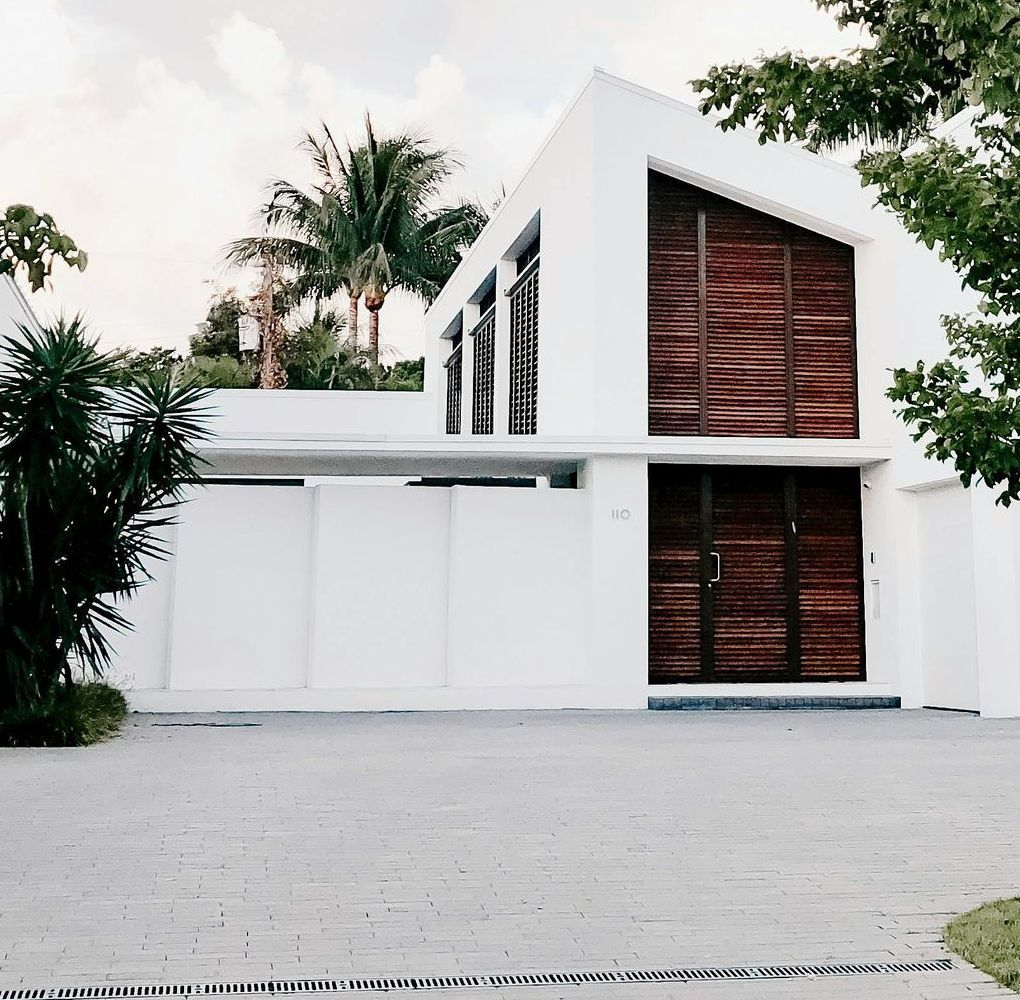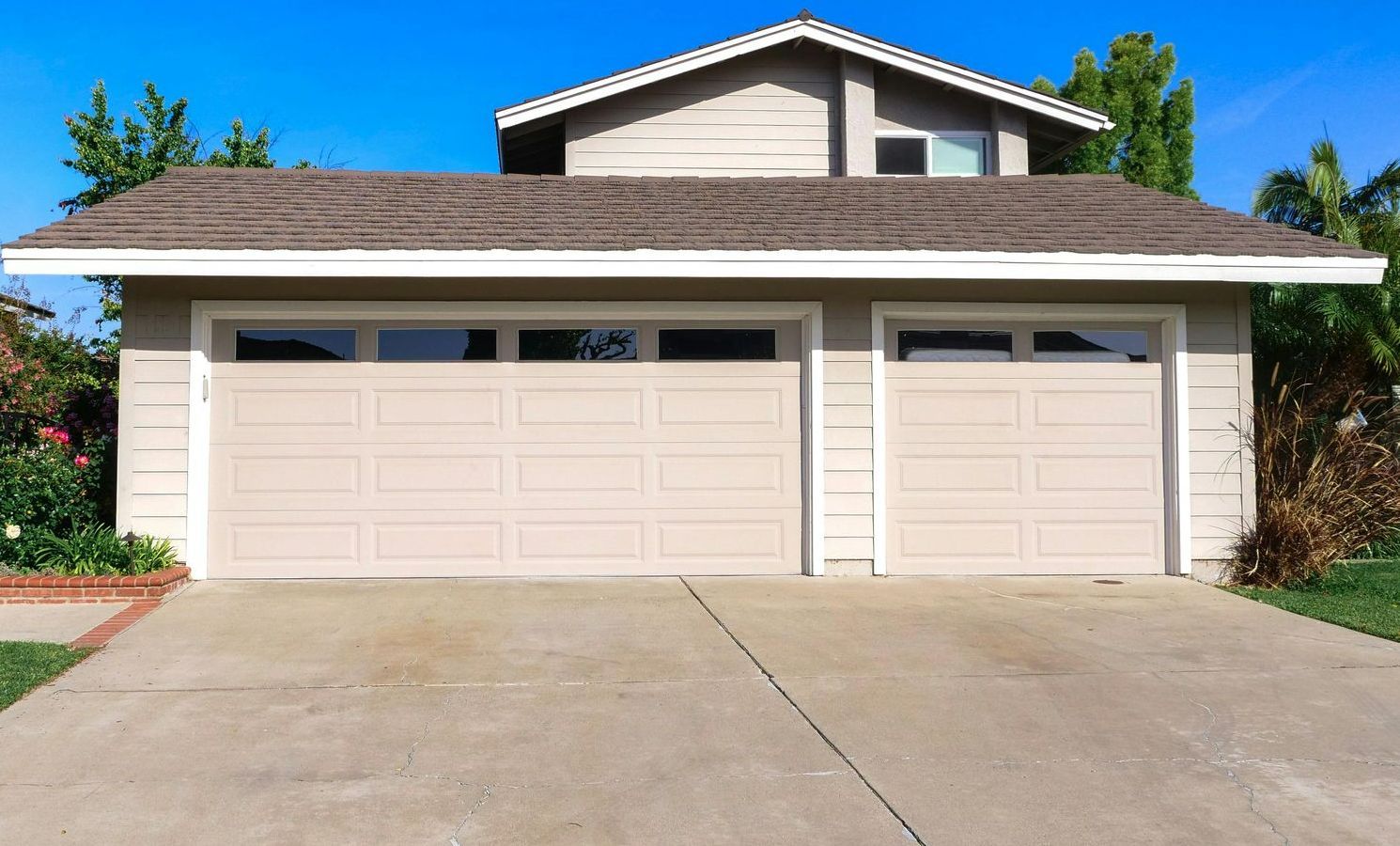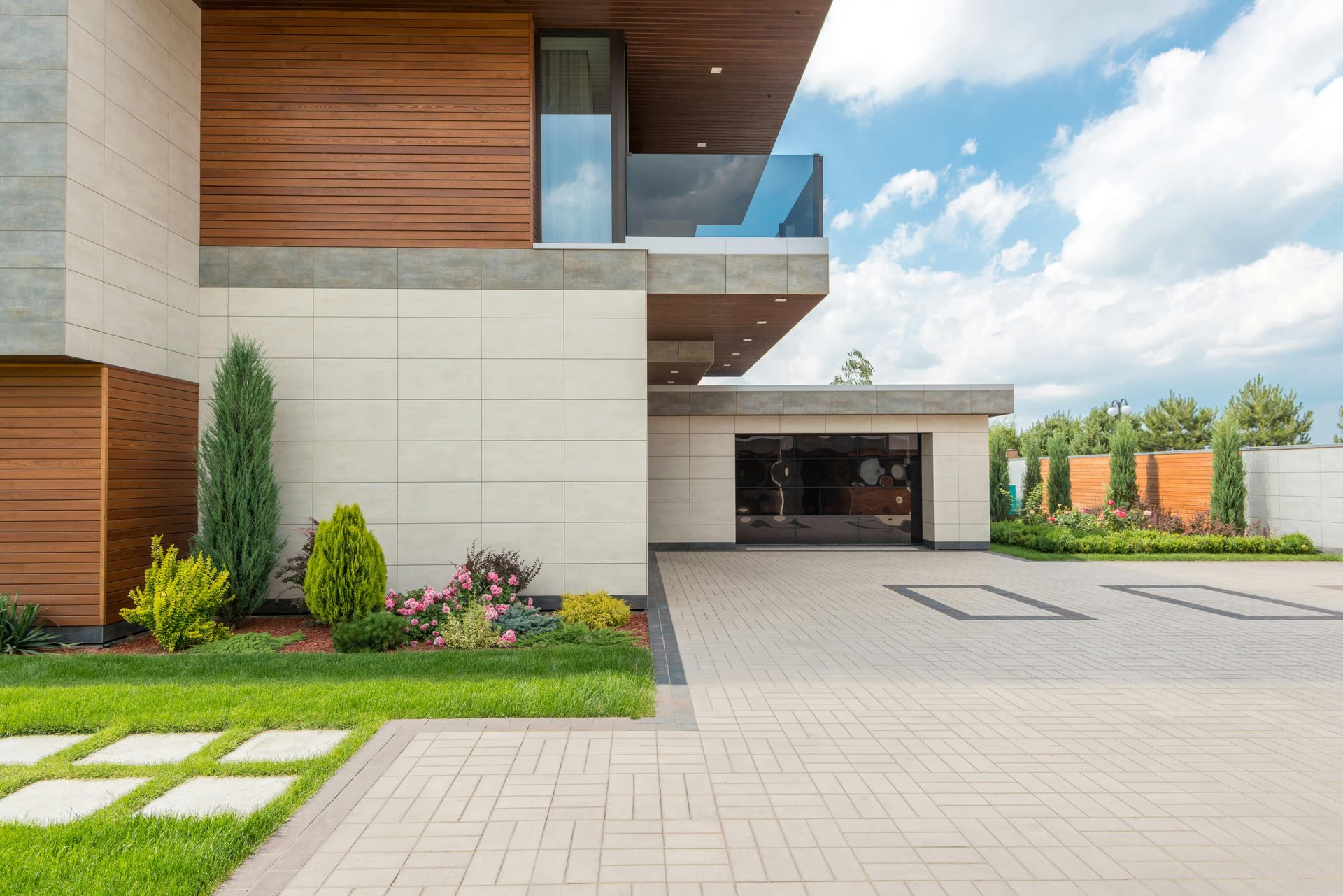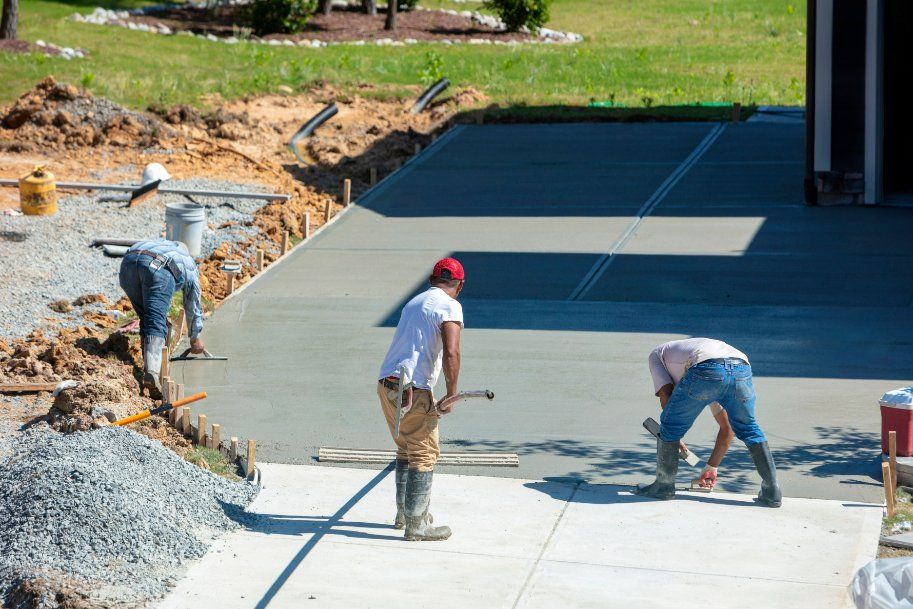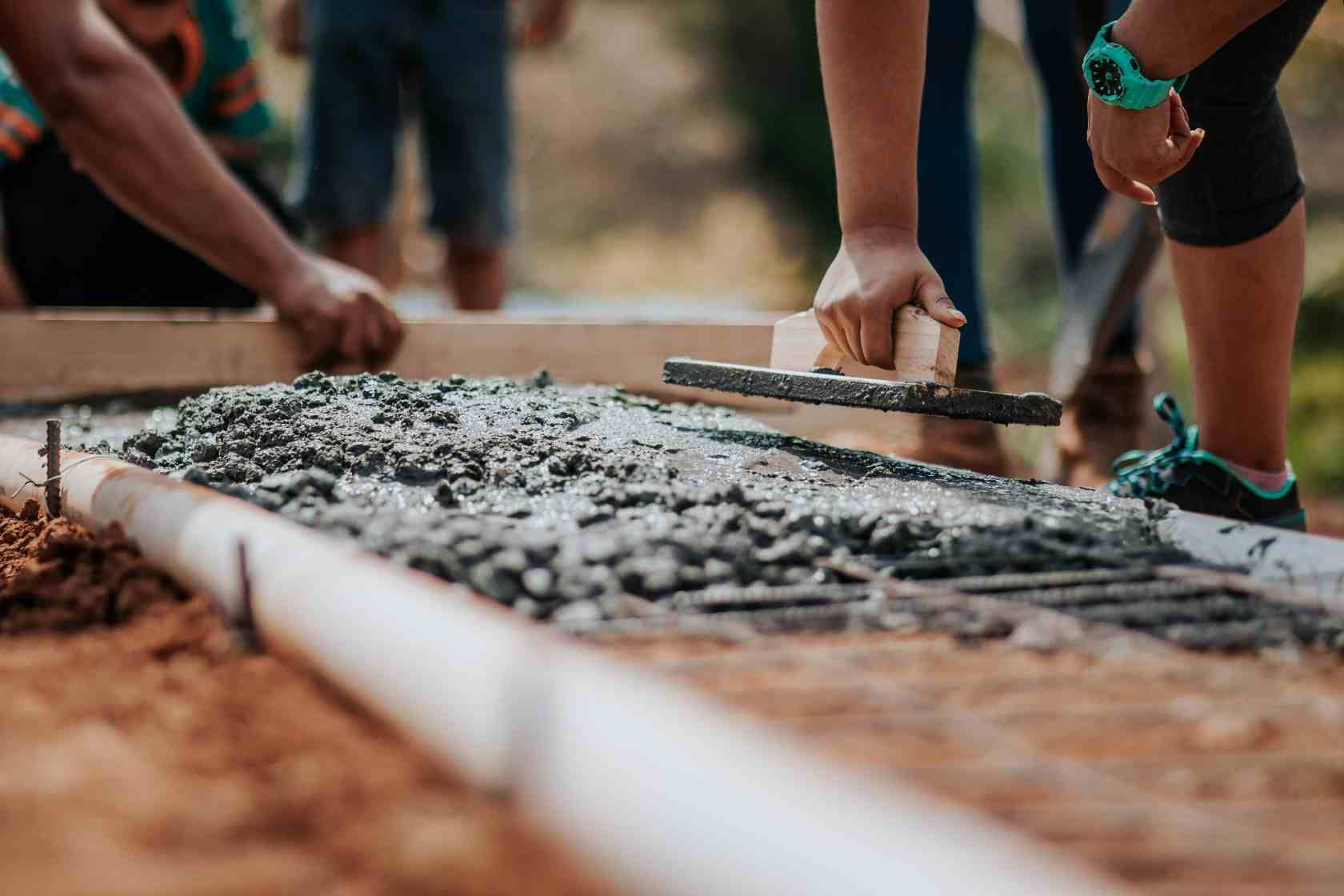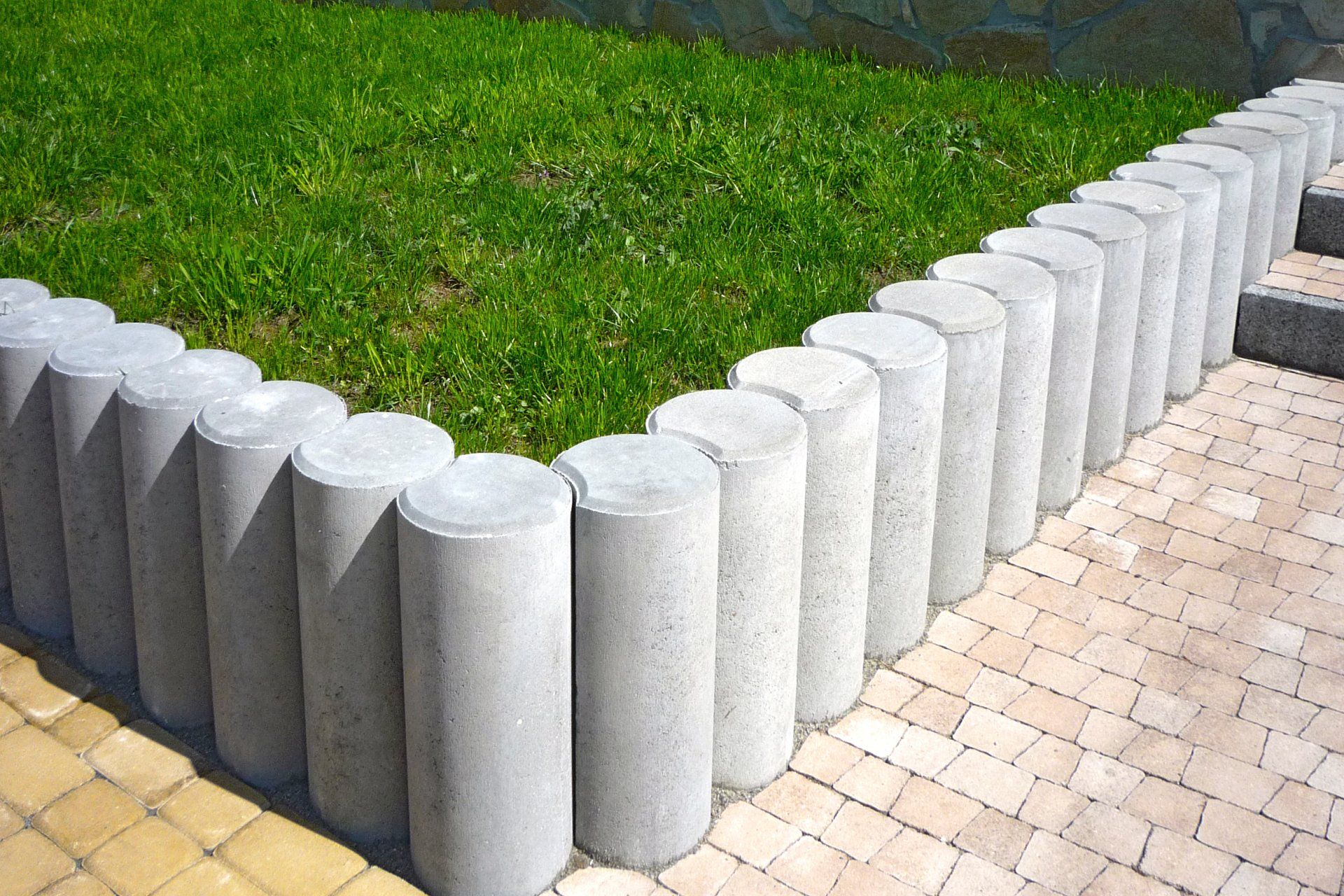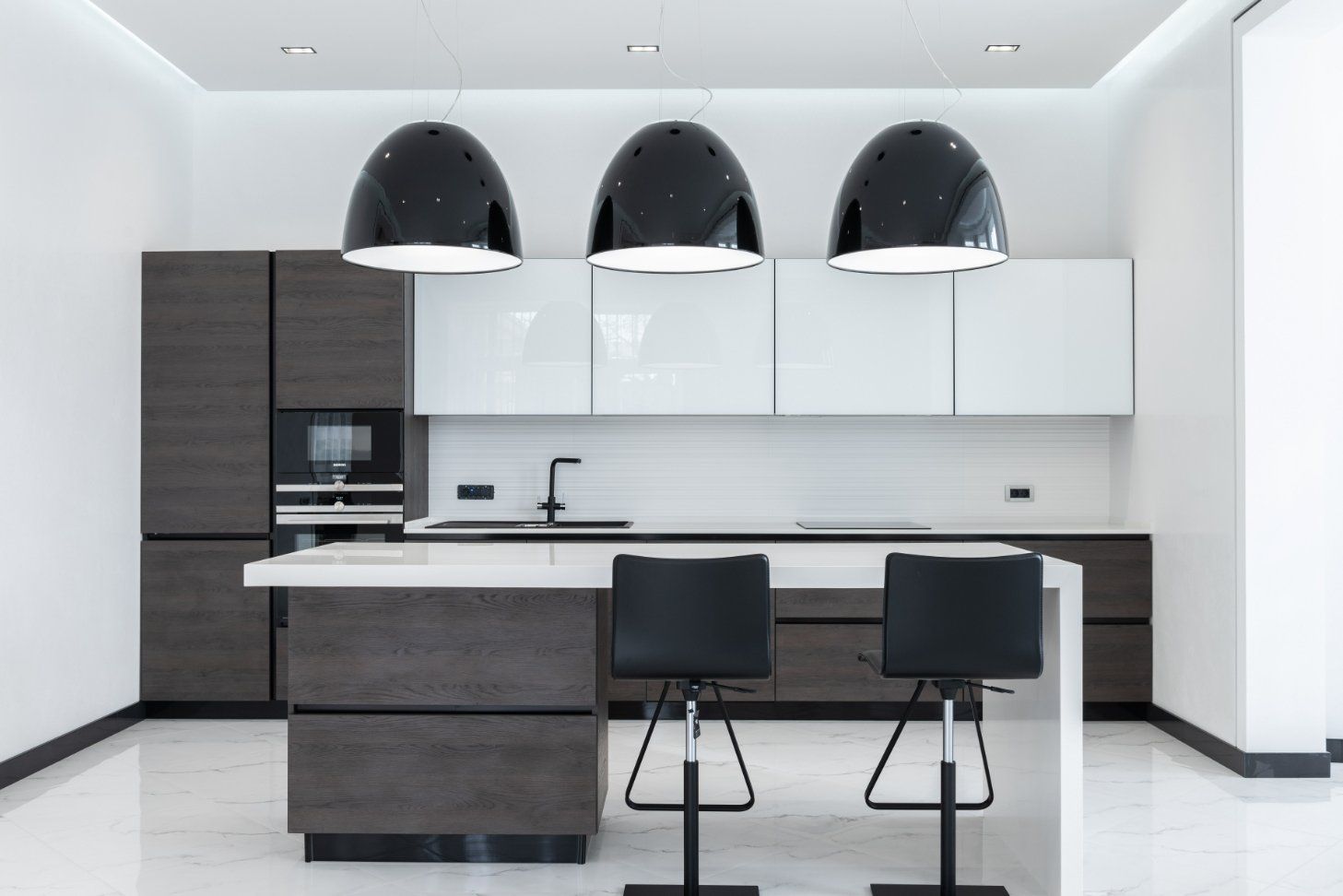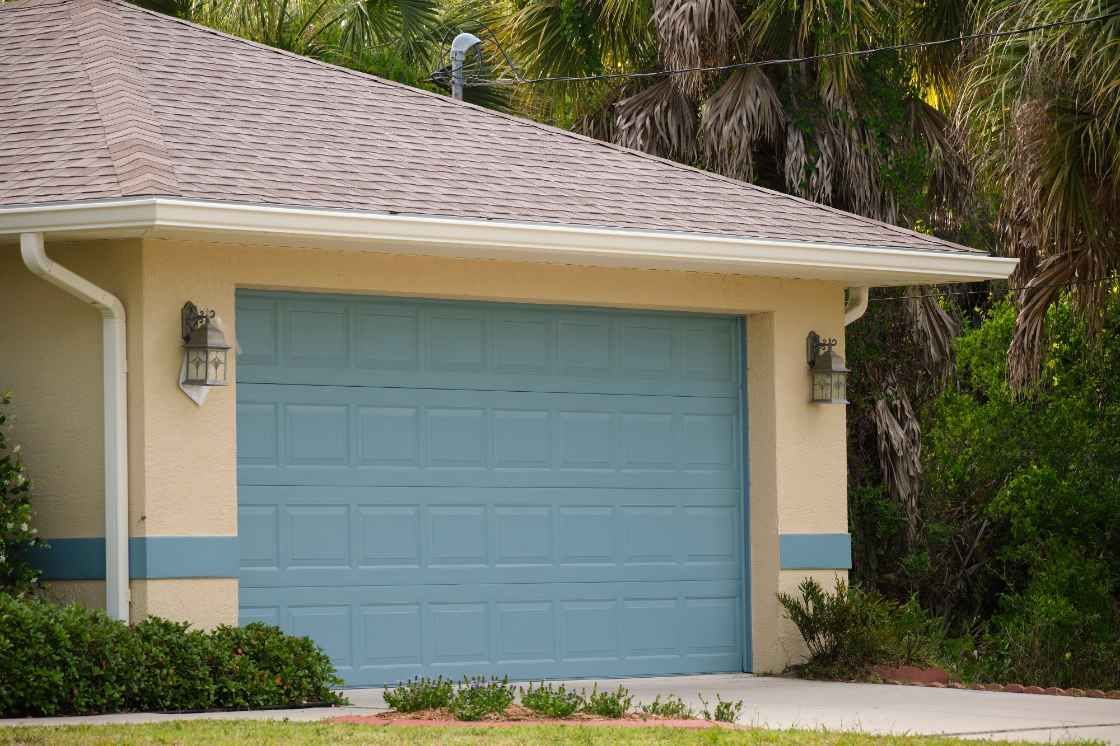By Admin
•
June 13, 2024
If you want to give your home a great outdoor living space, you should consider concrete patios. Concrete is durable, but can also be decorated in many different ways. You can decorate it with a fountain, a built-in barbecue, or even a spa. To make it a relaxing and inviting place, you can add a few outdoor rugs, too. Decorate with outdoor rugs If you have a concrete patio that needs a little something extra, you can add colour and style with outdoor rugs. They will not only protect your patio from stains, but they will also add comfort to your outdoor space. Outdoor rugs are great because they come in a wide variety of shapes, sizes, and colours. Choose one that will work with the overall look and feel of your home. You can purchase a large rug to cover a large area or a small rug to highlight a corner of your patio. When choosing an outdoor rug, make sure it is water-resistant and mildew-resistant. It should be cleaned occasionally and dried out well. You can use a rug pad to keep your rug in place. However, a rug pad is not as effective as rug grippers. Rug grippers are adhesive on both sides of the rug and are designed to hold the rug in place. If you do not wish to use a rug pad, you can put carpet tape around the perimeter of your rug. This is especially useful if you have an area that you use for reading. Carpet tape can also be placed directly on the concrete. Make sure that you buy an outdoor rug that is long enough to span your furniture. Some chairs are designed to be on the front two feet of the rug, while others need to be fully on it. Make sure that your rug is UV-resistant. Your outdoor rug is likely to be exposed to sunlight all day. A UV-resistant rug will prevent the sun from bleaching it. To prevent mould from growing, you will want to dry your outdoor rug out after a wet day. Rinse it with warm water and soap. For best results, you should use an approved concrete stain cleaner. A bright rug can be a good way to lighten up a dark area. Use lighter colours in areas with low foot traffic. Darker shades, on the other hand, are a good choice if you are in an urban setting. Add a built-in spa A built-in spa can enhance your outdoor living space by providing a relaxing retreat. In addition to helping your body recover from stress, the water provides relief for joint pain. A spa can be customised to suit your needs and aesthetic desires. Some features include seating, jets, fountains and steps. If you want to add a splash of colour to your backyard, consider a colourful ceramic pattern or glass tile. Adding a spa to your inground pool can be a fairly simple project. However, you will need to consider your line of sight and privacy. You may also have to run plumbing and electrical lines to the spa. This can take up to 12 weeks. A concrete spa can be built on the ground or elevated. You can also choose a custom design that mimics your swimming pool's shape. Your designer can provide the necessary measurements and specifications to ensure a perfect fit. Concrete spas come in a variety of shapes and sizes. The design can be as simple or as elaborate as you'd like. For a more sophisticated look, consider installing a curved template for ergonomic comfort. Depending on your budget and needs, you can build a permanent or portable spa. Portable spas can be built into a deck, patio or gazebo. They can be portable and self-contained, or they can be attached to your existing pool equipment. These spas are a convenient option for many homeowners. Adding a built-in spa to a concrete patio can be a great way to improve your enjoyment of your outdoor living space. However, there are a few things to consider before you begin construction. The cost of adding a spa to a concrete patio can vary. It depends on the size and type of pool you're building, the location of the equipment and the amount of labour required. You can also add a decorative touch to your spa by adding a tile or wall sconce. Other options to consider include a fire pit, a waterfall, or even a fountain. Adding a water feature to your spa can help to reduce the cost of your project. Add a built-in barbecue Having a built-in barbecue in the backyard is a great way to entertain. Not only does it make your backyard look more like an extension of the house, but it will also save you from a kitchen fire, which is a big plus in this day and age. However, having a built-in barbecue doesn't come cheap, so you should be prepared to spend a few months of your time if you want to see it all the way through. If you can't spend the time, consider hiring a handyman to do the heavy lifting for you. You can buy one ready-made, but if you're a stickler for quality, you'll have to make do with your sweat equity. The best part is you'll be able to use your wits to come up with a design that's as unique as you are. It's all about the right balance of creativity and budget. One of the trickier parts of the process is finding the best location for the base. Some options include a concrete slab, gravel or even a piece of stone. Once you've got the base, you can install the fun parts. A built-in BBQ is no easy feat, but if you have the time and a keen eye for craftsmanship, you'll be rewarded with a functional and attractive addition to your yard. Add a fountain If you want to create a relaxing backyard, installing a water fountain is the perfect way to add a calming splash to your landscape. These fountains can be made from materials such as concrete, copper, bamboo, and fibreglass. Whether you're building it yourself or hiring a professional, it's important to make sure you're taking the proper steps. Before you begin, you'll need to measure the space where you'll be placing your new fountain. Then, you'll need to decide how large you'd like your new feature to be. You'll also need to decide how often you'll refill it. Generally, the frequency of refills will depend on how much movement there is in the water. For example, a smaller fountain will need to be refilled more frequently. When choosing a pump for your fountain, you'll need to decide whether you'd like a low-voltage or standard 120-volt model. Low-voltage models require less wiring and are safer to use. However, a standard 120-volt pump will require deeper burying of the wire. You should purchase a pond liner that is drilled with four half-inch holes to ensure it won't puncture or rip. This will prevent the waterproof liner from leaking. Also, the liner should be laid so it rests against the contours of the hole. Once you've determined the size of the fountain, you'll need to prepare your cement slab. Normally, you'll need to pour the concrete to a thickness of about eight inches. But you can also try a horseshoe-shaped depression. That way, you won't have stagnant water, which can cause algae to grow. Once you've poured the cement into your basin, you'll need to place flat rocks along the perimeter of the basin. Be careful not to leave any sharp stones on the ground. Once your fountain has been installed, you'll need to check it periodically to make sure it's working properly. Also, be sure to keep it clean. Cleaning it regularly will ensure it stays looking great for years to come. While adding a fountain to your yard can be a fun project, it's important to take care of it. You'll need to regularly refill the water, and if you live in an area where the weather is cold, you'll need to protect it from damage. If you’re looking for ideas for concrete patios that are perfect for every home, we hope that you found the right information here. A concrete patio can be a great addition to your home and bring a lot of value to your property. We hope that you enjoyed our blog, and if you have any questions or need a concrete patio build, please don’t hesitate to contact us at 08 6373 2590 .
